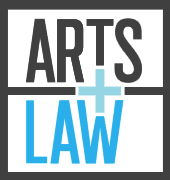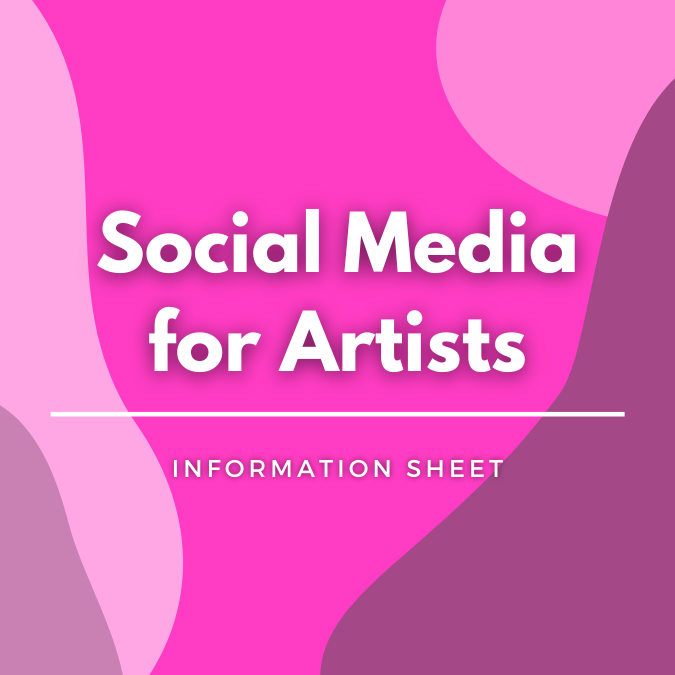AI Can’t Be an Author: US Copyright Law Says Human Touch Still Required

By Ashna Govil (our correspondent in the United States!)
Imagine submitting an artwork for copyright and proudly listing the author as… not yourself, but your computer. That’s exactly what Dr. Stephen Thaler did, and on 18 March 2025, the United States Court of Appeals for the D.C. Circuit responded with a very clear “Nope.”
In Thaler v. Perlmutter, the Court reaffirmed a core principle of US copyright law: only natural persons can be authors. The decision arrives amidst rising tension around generative AI and authorship, and it’s likely to influence how jurisdictions worldwide, including Australia, approach machine-generated content.
The Man, the Machine, and the Mess
Dr. Stephen Thaler, a US-based computer scientist, is the inventor of the “Creativity Machine,” an AI system he claims independently produced an image titled “A Recent Entrance to Paradise”. He submitted a copyright application to the US Copyright Office, listing the AI as the sole author and himself as the owner by assignment. The US Copyright Office rejected the application, citing long-standing rules that copyright protects human creativity. Thaler argued that the law doesn’t explicitly require human authorship and that excluding AI-generated works stifles innovation. The lower court disagreed, and the D.C. Circuit has now sealed the deal, citing legal precedent that limits copyright protection to works of human authorship. Thaler’s claim that the denial was “arbitrary and capricious” under the Copyright Act of 1976 did not hold.
It’s worth noting that while you automatically hold copyright in a qualifying work upon creation, you must submit a copyright application in order to bring an infringement lawsuit in the US. So, while Thaler’s image may not be unprotected solely because it wasn’t registered, the lack of human authorship means it doesn’t qualify for protection in the first place.
The appellate panel, led by Judge Millett, made it clear that “human authorship is a bedrock requirement of copyright.” The statute references concepts like an author’s “life,” “children,” and “heirs”, terms that don’t make much sense when applied to a machine. Thaler’s argument that the Copyright Act doesn’t explicitly exclude non-humans didn’t move the needle. The court pointed to longstanding interpretations, including the 1884 Supreme Court case Burrow-Giles Lithographic Co. v. Sarony, which affirmed that creativity must originate from a human mind.
No Monkey Business
The court also nodded to the infamous “monkey selfie” case, Naruto v. Slater, where a macaque took its own photo using a wildlife photographer’s camera. That photo wasn’t eligible for copyright either, because monkeys (like AIs) aren’t considered legal authors. Thaler v. Perlmutter is essentially the high-tech sequel.
AI Can’t Be an Employee, So It Can’t Be an Author
Thaler further argued that, under the “work made for hire” doctrine, non-human entities (such as corporations) can be copyright holders, so why not AIs? The court dismissed this reasoning, clarifying that while corporations may own rights under the doctrine, the initial authorship still stems from a human being — i.e., an employee or commissioned artist.
To put its simply, corporate personhood is not artificial personhood. AI cannot satisfy the requirement of “independent intellectual creation” by a natural person, as articulated in Feist Publications, Inc. v. Rural Telephone Service Co., 499 U.S. 340 (1991).
This case does not suggest that anything involving AI is automatically unprotectable. Instead, it draws the line at fully autonomous creations. When a human uses AI as a creative tool, like a paintbrush, beat generator, or visual assistant—the resulting work can still be eligible for copyright, as long as it reflects human judgment and creative direction.
For artists and creatives using AI platforms, your work might still be protected, but you’ll need to show that you were the author. Simply entering prompts won’t be enough.
Australian Copyright Law: Not So Different Down Under
While Thaler v. Perlmutter interprets US law, its logic resonates with the Australian framework. The Australian Copyright Act 1968 (Cth) does not define “author,” but courts have consistently interpreted authorship as requiring a human agent. In Telstra Corporation Limited v. Phone Directories Company Pty Ltd [2010] FCAFC 149, the Full Federal Court confirmed that originality under Australian law requires “independent intellectual effort” again, something an AI can likely not independently demonstrate.
Although the Australian Government has been exploring reforms related to AI and copyright, current law does not recognise non-human authorship. For now, Australia, like the US, maintains a human-centric approach.
The Thaler decision reaffirms that copyright remains a fundamentally human legal construct. Until legislation evolves to address the complexities of generative AI, courts are unlikely to grant protection to works created without meaningful human input. For artists, designers, and anyone experimenting with AI-generated content, make sure your creative hand is substantial and well-documented.



